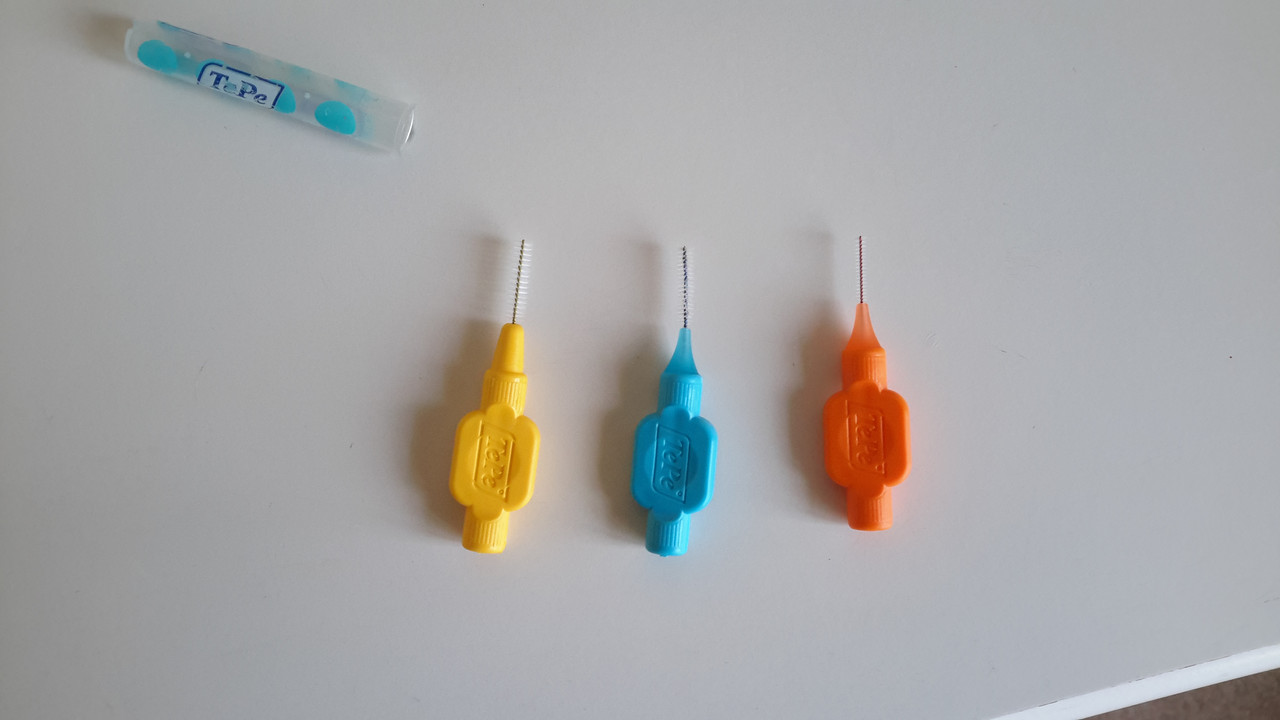This Fridge in our 2001 Autosleepers Symbol Campervan has been working fine up 'till now... and we are only in our second week of a 5 month tour of Italy. Sod's Law!
So... I'm hoping someone here could suggest a probable cause and how to fix it.
It works fine on 240v & 12v, but a couple of days ago it was reluctant to light up on gas... currently Propane. The 12v peizo ignitor was sparking (although a bit weak I thought... maybe) but not igniting. Just a split second after releasing the gas knob there'd be a small "boof" at the back indicating that even a weak spark was capable of igniting something, and that maybe it was getting more gas/not enough air. I then realized I still had the winter covers on (which shouldn't realy stop it working) and took them off. It eventually lit. Problem solved... I thought.
Next morning I turned off the gas side of fridge and onto 12volt and we went for a drive up a mountain pass (in the Dolomites), had a walk, came down to the valley... and it was again very lazy lighting up on gas. Thought it had eventually lit, because the 12v igniter stopped clicking. Woke up this AM and made a brew only to find we had yoghurt instead of milk in the fridge. The fridge had stopped... the ignitor swith was on, but no clicking and no flashing light.
I'm pretty hands on and... retired multi-trade Joiner... have some problem solving skills... and a small tool kit with me. It could be the ignitor... it could be the burner as well... it could even be the gas jet as well as those two. I do know it wont have had a service for a few years before I got it last year.
Any suggestions... or repair manuals etc...?
So... I'm hoping someone here could suggest a probable cause and how to fix it.
It works fine on 240v & 12v, but a couple of days ago it was reluctant to light up on gas... currently Propane. The 12v peizo ignitor was sparking (although a bit weak I thought... maybe) but not igniting. Just a split second after releasing the gas knob there'd be a small "boof" at the back indicating that even a weak spark was capable of igniting something, and that maybe it was getting more gas/not enough air. I then realized I still had the winter covers on (which shouldn't realy stop it working) and took them off. It eventually lit. Problem solved... I thought.
Next morning I turned off the gas side of fridge and onto 12volt and we went for a drive up a mountain pass (in the Dolomites), had a walk, came down to the valley... and it was again very lazy lighting up on gas. Thought it had eventually lit, because the 12v igniter stopped clicking. Woke up this AM and made a brew only to find we had yoghurt instead of milk in the fridge. The fridge had stopped... the ignitor swith was on, but no clicking and no flashing light.
I'm pretty hands on and... retired multi-trade Joiner... have some problem solving skills... and a small tool kit with me. It could be the ignitor... it could be the burner as well... it could even be the gas jet as well as those two. I do know it wont have had a service for a few years before I got it last year.
Any suggestions... or repair manuals etc...?


